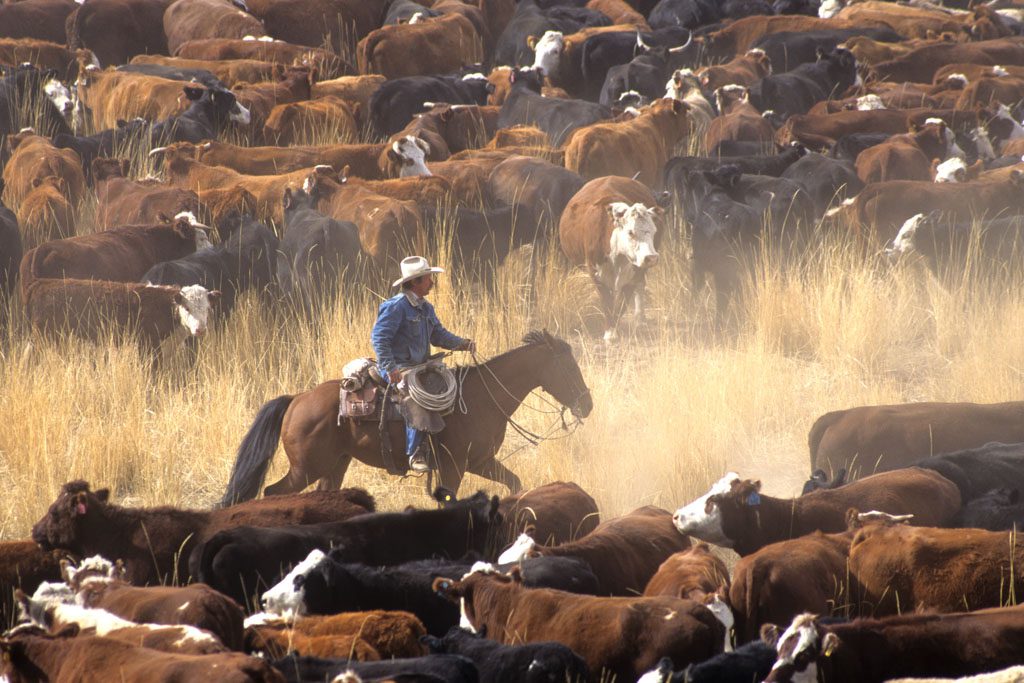I disagreed with John Dutton for the first three seasons of “Yellowstone.”
Not in a way that would force the ornery Montana rancher to send Rip Wheeler to take me on a one-way trip to the train station.
I just felt like Dutton could have used a business mentor at some point in his career.
I’ll tell you why below—but here’s a spoiler warning if you aren’t past Episode 2 of Season 4 at this point.

John Dutton is hard AF. As a sixth-generation rancher, he’s been bred to carve a living out on the land with a cattle knife. His family’s glorious valley property has been under attack by others for centuries, and John might now be facing the toughest opponents.
Despite the size and value of the ranch, viewers are constantly told it isn’t that profitable. In fact, the clock is ticking and the Duttons are essentially fighting a losing battle against property taxes and the rising price of labor, fuel and feed. Add in the fluctuating price of beef and you’ve got a tricky entrepreneurial situation.
I won’t get into the hostile corporations looking to build airports on John’s land or the Indigenous people who were the original inhabitants. We’ll just look at ranch economics.
Statistics Canada released some interesting farm data in 2019. According to the Canadian government, which is close enough to Montana, “Beef cattle farms maintain the lowest average operating profit margins.”
More numbers: Cattle-ranch operating revenues went up 5.7 percent, but expenses were up 6.3 percent, reducing average profit margin to 5.7 percent from 6.2 percent in 2018.
Those numbers aren’t as bad as the digits in the restaurant industry—about 3-5 percent profit margin, according to this article—but they’re pretty bad. They’re horrid when you consider that beef prices per kilogram can swing 28 percent in a year, as they did from October 2020 to September 2021 (at least they swung in the right direction for Dutton—this time).
All this points to a very challenging situation—something any entrepreneur can understand. Sure, gym owners aren’t subject to the extreme price fluctuations of commodities, but they’re still faced with rising costs, staffing concerns, competition, lease negotiations and so on. And their “cattle” sometimes wander off to other pastures, demand discounts or start their own ranches.
Dutton’s trump card is that his land is worth hundreds of millions of dollars, but he refuses to play that ace after promising his dying father he wouldn’t sell an inch of property. “Yellowstone” needs this plot point or the weekly show would be void of all the glorious conflicts that drive it.
The stubborn commitment to heritage and tradition puts the Duttons in an impossible position, and John’s daughter realizes it. She’s the business shark of the family, and she’s a great white. Maybe a megalodon.
Kelly Reilly, as Beth, chews the scenery like it’s rare beef tenderloin and wonderfully redefines “strong female” for a genre that’s usually ruled exclusively by male hardasses. The second John dies, Beth will sell the land for $500 million or more, but she’ll fight with him as long as he’s able to hold a lever-action Winchester 1894 in one hand and a glass of Bulleit bourbon in the other.
As Season 4 gets going, the Dutton family has leased land to a developer while John lies unconscious in a hospital after getting shot several times. The lease isn’t a great deal, but at least it’s income.
When John awakens, angry of course, he sees the writing on the wall and finally makes a move: He gets into show horses to make a national name for the ranch and generate new income. He invests heavily in fine horses, and within a few episodes he’s seeing a return of sorts.
And that brings us back to business mentorship: John could have used a little guidance along the way.
Will and Wisdom
Imagine John had put his legendary stubbornness aside and talked to another old-school rancher who had found creative ways to pivot and evolve before time caught up with him. Instead of filling a Wyoming canyon with corpses, John might be passing a more stable business to children who wouldn’t have to patrol the pastures with assault rifles.
That, of course, would ruin a great show.
But guidance won’t ruin your gym.
As fitness entrepreneurs, we’re as hard headed and tough as John Dutton. We’re willing to work hard and get our hands dirty.
But here’s a truth: we’re in a far easier industry than John is, and help is available.
For example: The best gyms run at a 33 percent profit margin, and it isn’t that hard for other gyms to reach that number, too. Your rates aren’t set for you by the market, either. You can charge whatever you want as long as you create value for clients.
Another example: John loses a staff member to injury because he needs more money and decides to try and stay on a furious horse for eight seconds. We can teach you how to help your staff members make more money for themselves and your business, solving two problems at once.
It takes only a mentor’s help to build a solid, profitable fitness business that can last for generations. If you’re struggling with your own “ranch,” get that help here.
Then enjoy “Yellowstone” knowing your business is secure as John fights for his.

